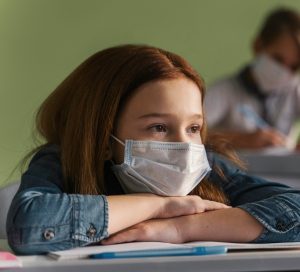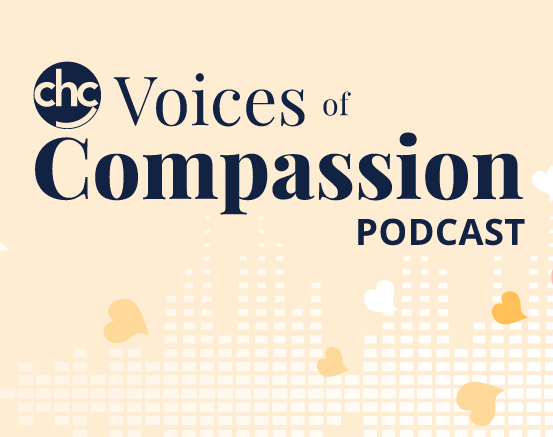How To Talk About COVID Grief in The Classroom
 From the more than 550,000 people who have died from COVID in the U.S. to a national reckoning with racism and ongoing racially motivated violence, this year has been characterized by loss and suffering. Experts say educators should be addressing this loss and these hardships in the classroom in a safe and thoughtful way.
From the more than 550,000 people who have died from COVID in the U.S. to a national reckoning with racism and ongoing racially motivated violence, this year has been characterized by loss and suffering. Experts say educators should be addressing this loss and these hardships in the classroom in a safe and thoughtful way.
When and How To Discuss COVID Grief in The Classroom
In addition to providing professional counseling and appropriate support services, educators should acknowledge the difficulties of the past year but they should not attempt to turn their classrooms into group therapy sessions. “What absolutely shouldn’t be done is children going around the circle detailing the traumatic events that they and their families have endured,” says Sarah Lowe, PhD, a clinical psychologist and professor at Yale School of Public Health.
Instead, she says, educators should focus on addressing what is going on in a developmentally appropriate way while teaching skills such as emotion regulation and coping, as well as social support building. Schools should have some sort of mental health screening process in place to provide one-on-one therapy and other mental health resources to students who require it, she adds.
“The educational environment can be a great place to discuss this, and I think it should be part of the curriculum with the precondition that there is a general infrastructure for emotional safety that’s in place,” says Denckla.
For younger students, Denckla says stories can be a great tool for introducing the topics of loss and death. Another effective approach for students of different ages is to introduce various mourning practices or memorials into the classroom.
Students are experiencing different types of grief in the pandemic, says Colleen Shannon, LICSW, an associate program director, youth and community outreach
“One place to start is by just naming what’s there, that we have these different students with different levels of loss and experience that’s been happening in the past year,” Shannon says. “Each of those groups of students needs slightly different things.”
For the students suffering from the general loss associated with the year, establishing as much routine and predictability as possible is helpful. For example, Shannon suggests having a scheduled check-in with younger students that happens the same time each day and could take the form of a song, and happens regardless of how or where the class is being offered. “So they know whether we’re online or we’re in person will always start our day with this, or we’ll always end our day with that,” she says.
Students who have experienced a death loss often require more individualized support, so it is good to have a system in place to identify them and provide support through class subject matter that might be difficult.
Resources
National Alliance for Grieving Children
Children’s Room
Evermore
Judy’s House
COVID paper: Resources for Children
Excerpted from “How To Talk About COVID Grief in The Classroom” in Tech & Learning. Read the full article online.
Source: Tech & Learning | How To Talk About COVID Grief in The Classroom, https://www.techlearning.com/how-to/how-to-talk-about-covid-grief-in-the-classroom | © 2021 Future Publishing Limited Quay House
School photo created by freepik – www.freepik.com
A screening can help you determine if you or someone you care about should contact a mental health professional. Care Managers can arrange a free 30-minute Care Consultation so you can explore options with an expert. Call or email our Care Managers at 650.688.3625 or careteam@chconline.org to set up an initial Consultation appointment.





